Art collector Jean-Marie Donat has over 10,000 vintage photos dating back to the end of World War I. After he stumbled across a snapshot of someone dressed as a polar bear traipsing down a street in Berlin, he went on to spend 20 years hunting down photos of other bear impersonators, spanning four decades and originating from places across Germany.
Today, Donat has built up a collection of images showing men who would don these remarkable costumes to earn a buck (or indeed a Reichsmark) by posing for pictures with passers-by. The curious photo series has since been collated into a book, TeddyBär.
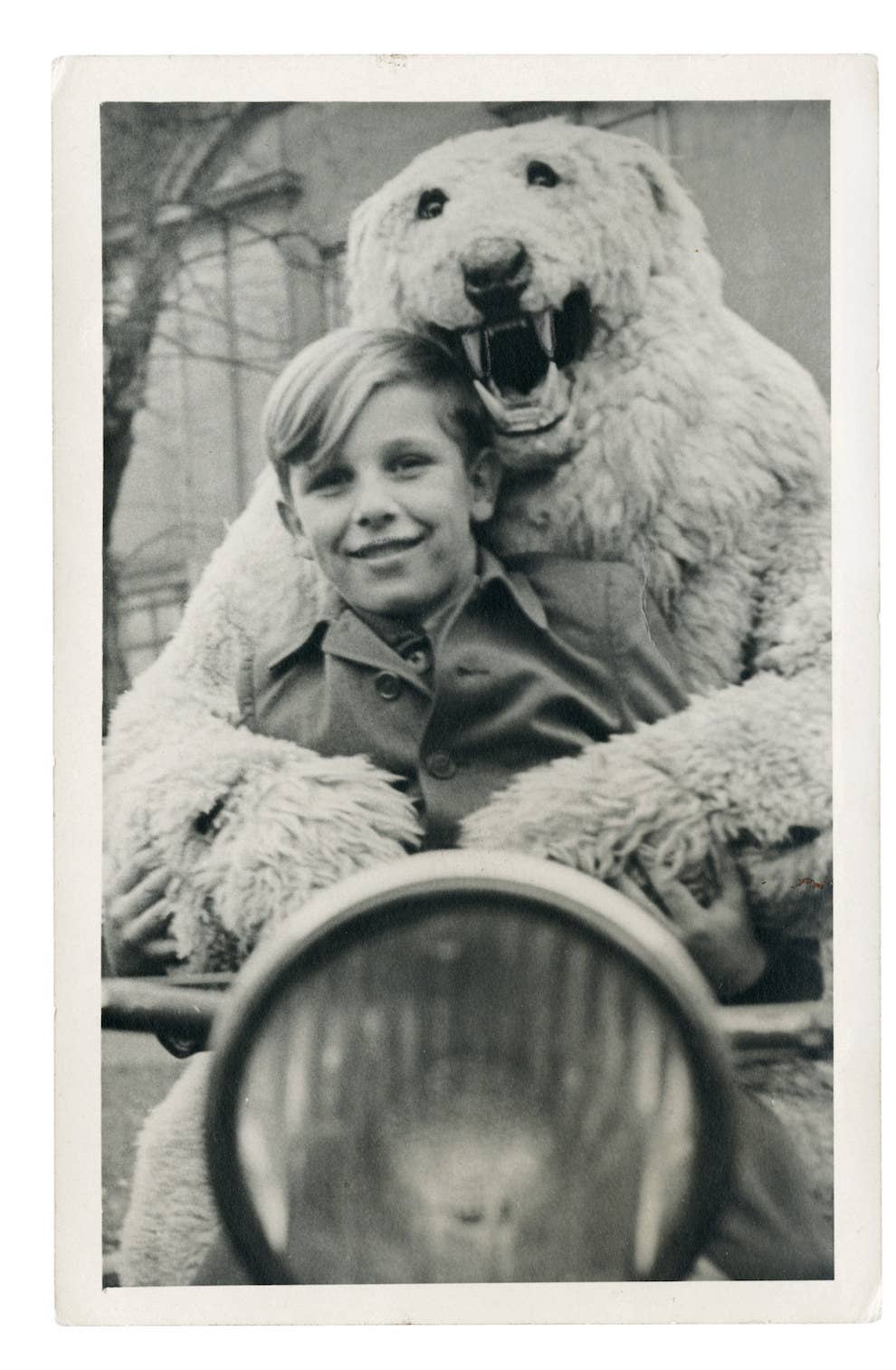
Donat tells BuzzFeed News: “As a graphic designer, art director, and book publisher, I’ve always been interested by images and photographs.
"I traded with a German friend a photograph of his uncle with a white bear in exchange of a picture of my uncle at a funfair shooting stand.”
The bears even posed with members of the Wehrmacht of Nazi Germany.
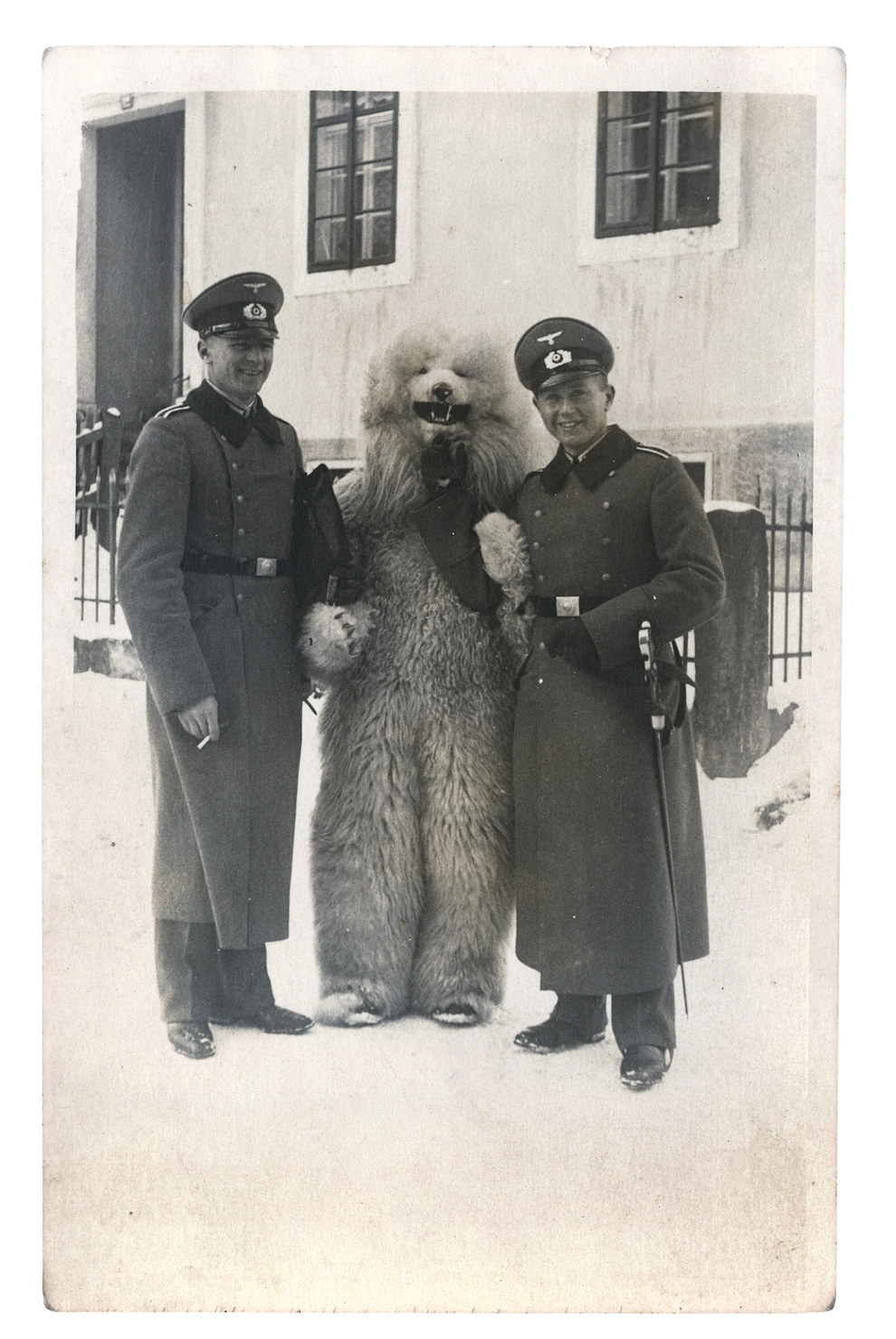
“I started the TeddyBär series 35 years ago," says Donat. "The first photo was kept in a closet for almost 15 years, until I found a second one. And then I knew that yes, there was maybe something worth exploring there. The moment I found a third I said to myself, ‘Whatever it takes, I must make a series.’"

"I find that the serial effect does something important and says something about the period during which the photos were taken.
"For example, [with] TeddyBär, it’s silly, it’s over 300 photos of men posing with this white bear … it spans the history of Germany from 1920 to 1960, so a large part was during the Second World War. We see SS soldiers parading, the Hitler youth, but also GIs, during the liberation, Germans from Eastern Germany. The bear is omnipresent and tells another history of Germany. I find that the series allows me to put my finger on something that we wouldn’t necessarily see.”

Donat has never tried to track down any of the people pictured, and says the subjects' anonymity is part of the photos' intrigue. However, he says: "I've been told a story by an old German prosecutor who wrote to me after the book's publication. Just after WWII, he was in charge of a family affairs centre in Germany dedicated to searching for missing family members.
"One day an unmarried woman looking for the father of her child showed him the picture of her with a man wearing this particular bear suit. It was the only hint to search for the missing father, who was working as a Teddybär before the war.
"After a long investigation among the street photographer and various day worker centres, the prosecutor found the man who was wearing the bear suit and...the father did an acknowledgement of paternity! So I have never found people in the pictures but I've found one of the bears!"
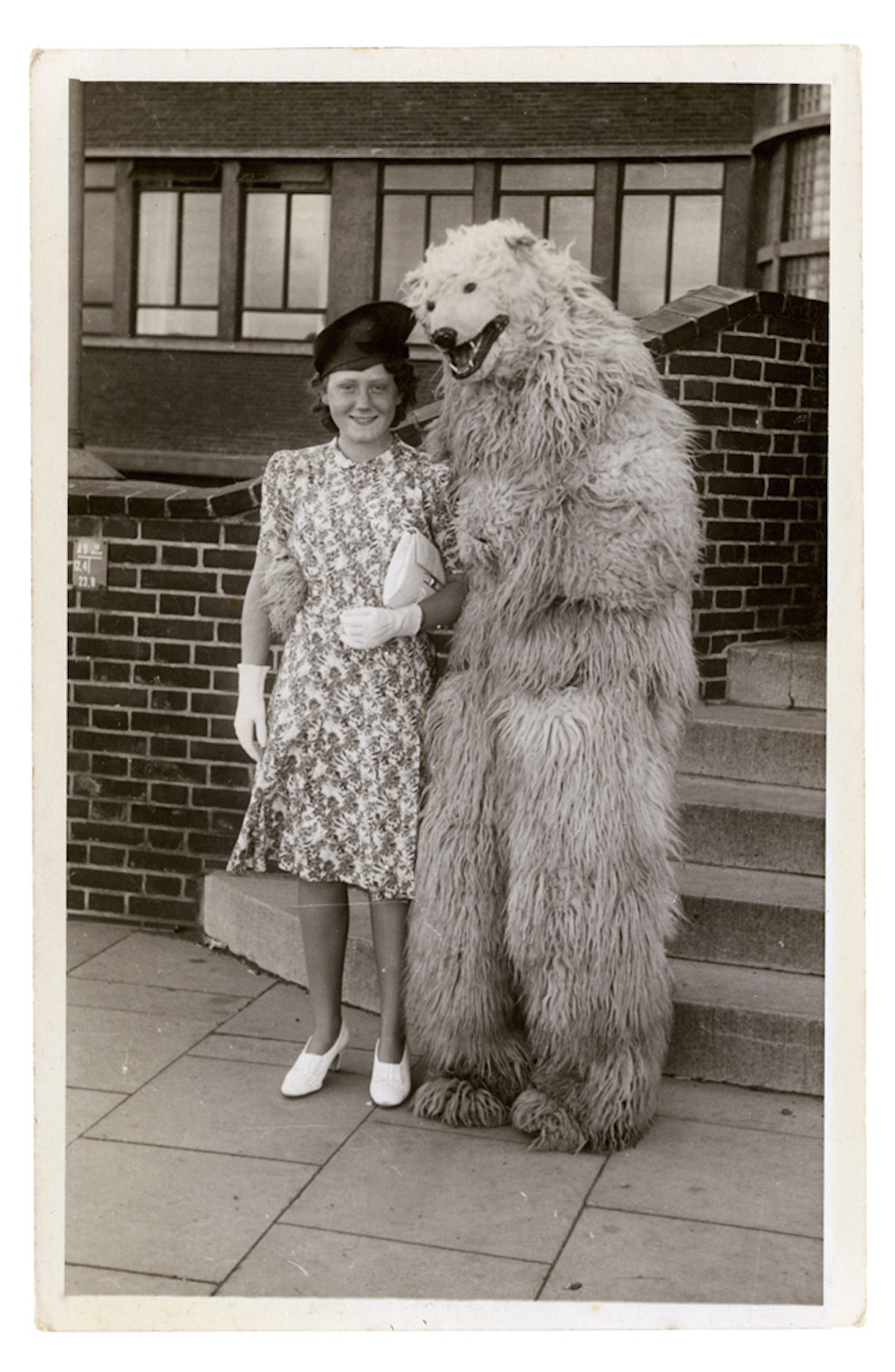
Out of all of the collector’s photo series, TeddyBär has received the most interest from the public, and now totals around 300 images.
"The public’s response to the Teddybär book was huge," Donat says. "TeddyBär has been the most successful, especially among German people who related to the history behind the pictures. For me, the series makes sense by itself, beyond the astonishment and the aesthetical beauty of each photograph. The accumulation creates the artistic process. In this series, you can also see in the background the German history during those dark times."

“When we take photos out of the physical context in which we found them they become neutral and they become anonymous, and they let your imagination turn them into something else. If we imagine that the people in these photos are no longer in this world, we can have fun rewriting their stories, from birth until death.”
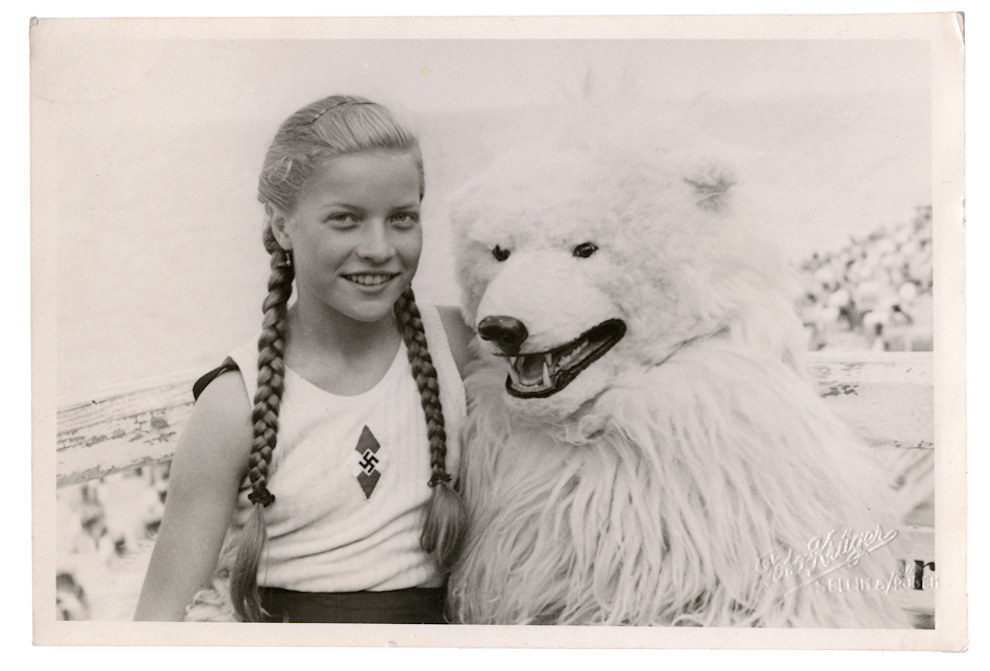
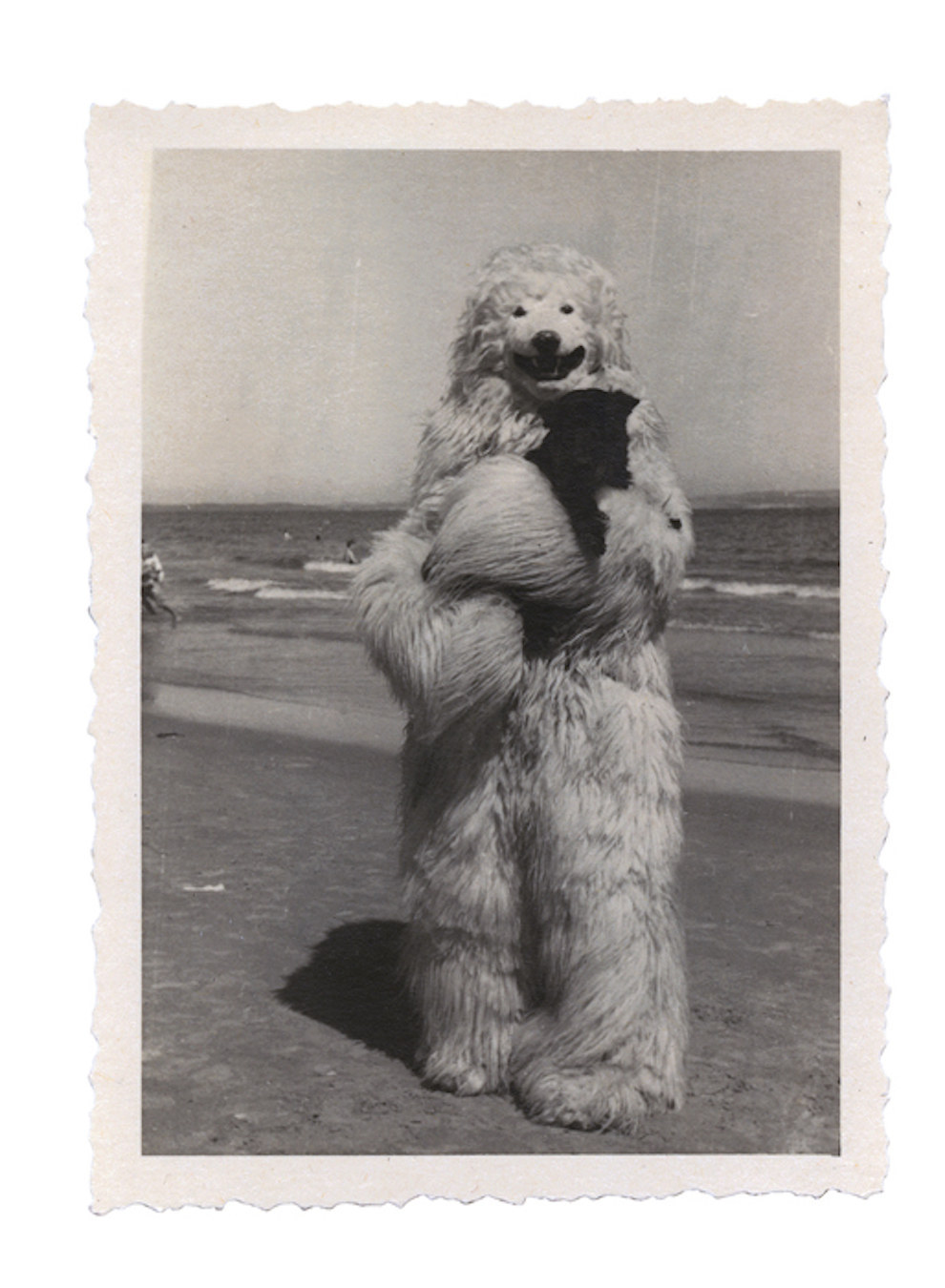

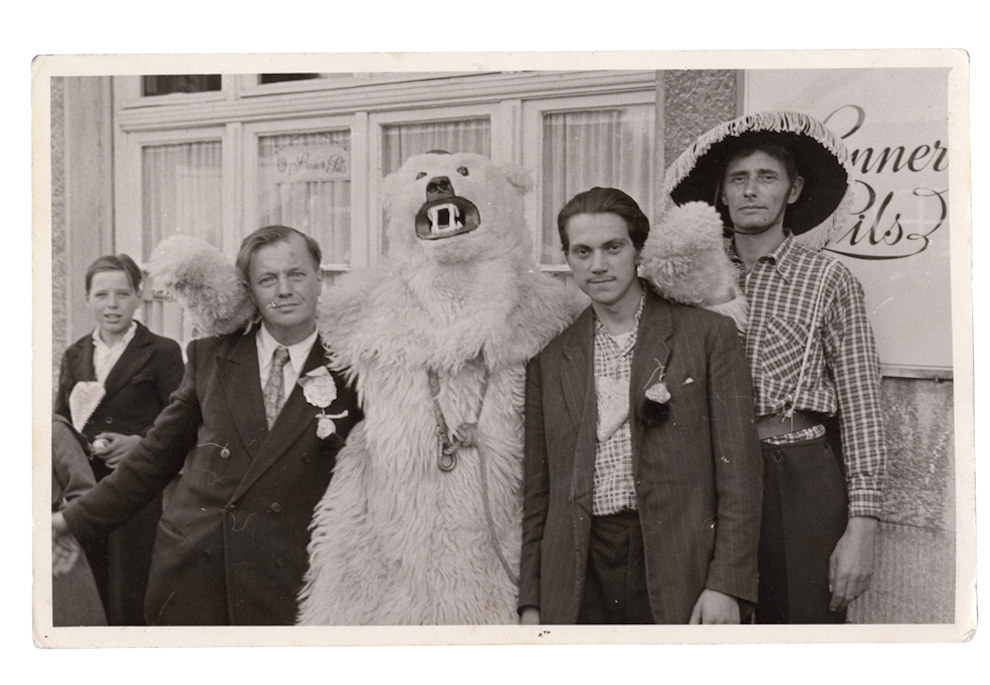
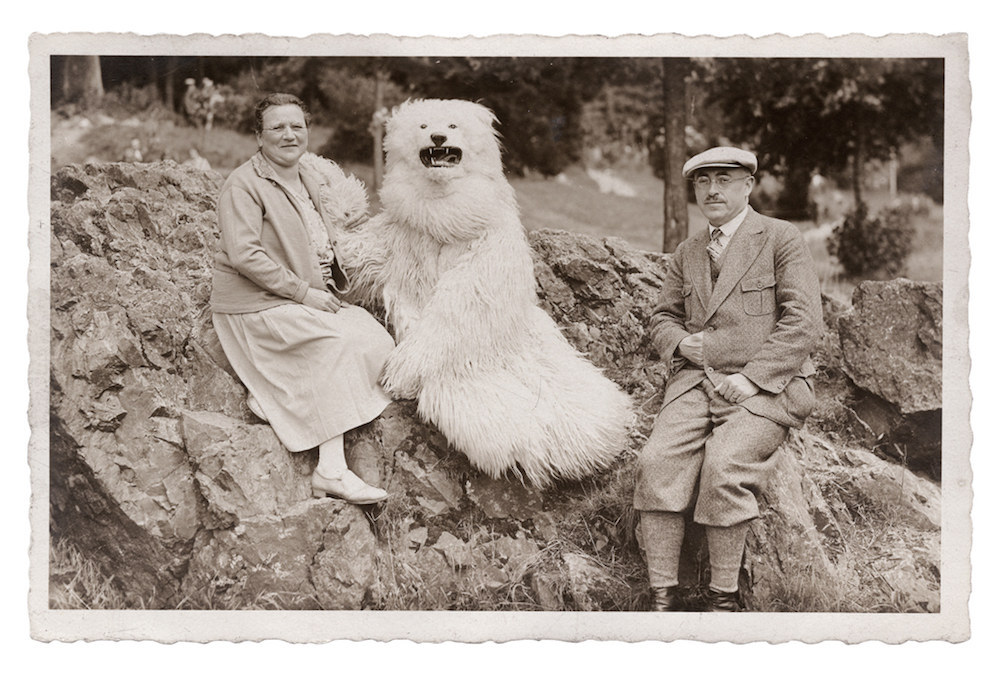

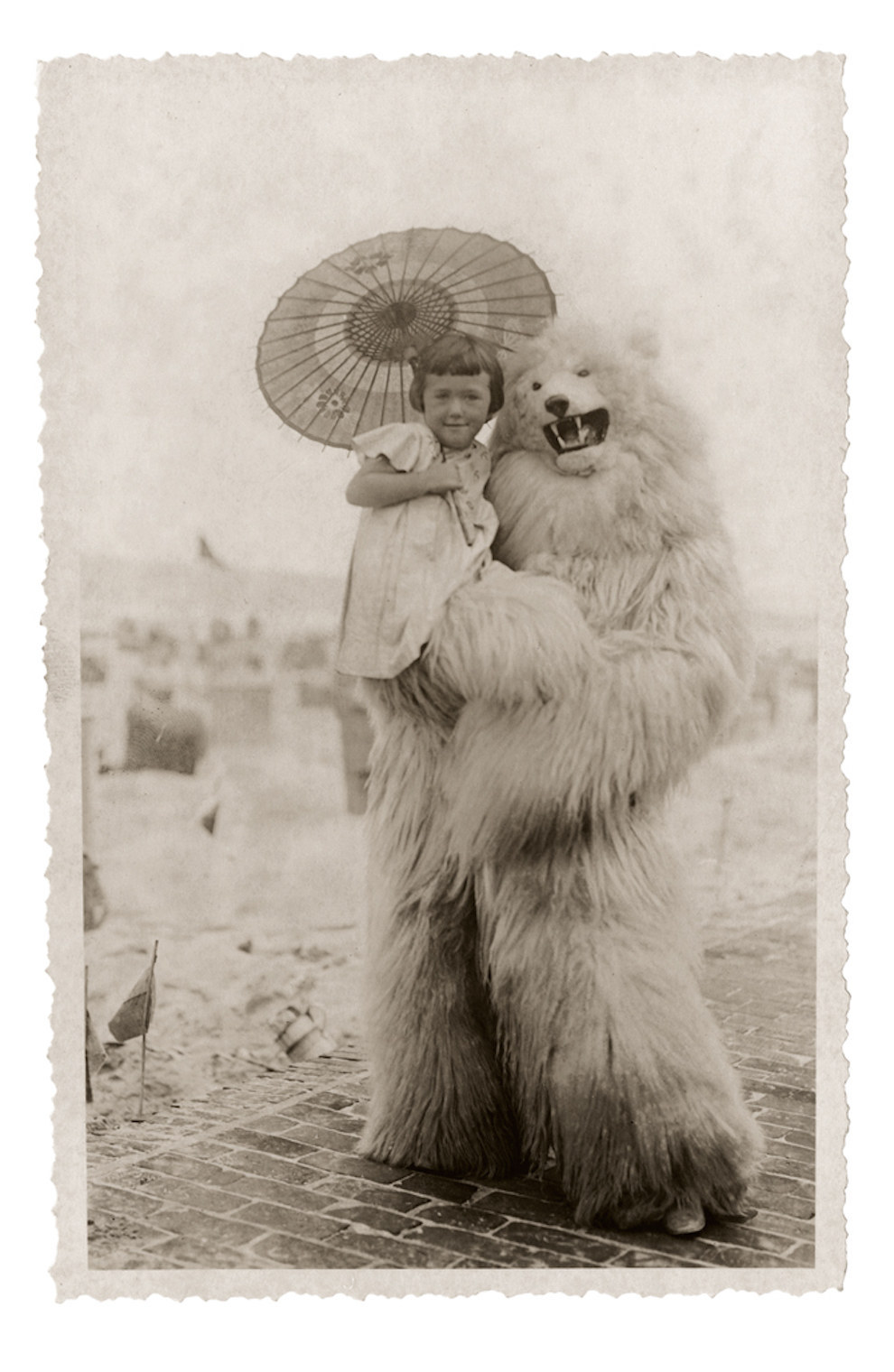
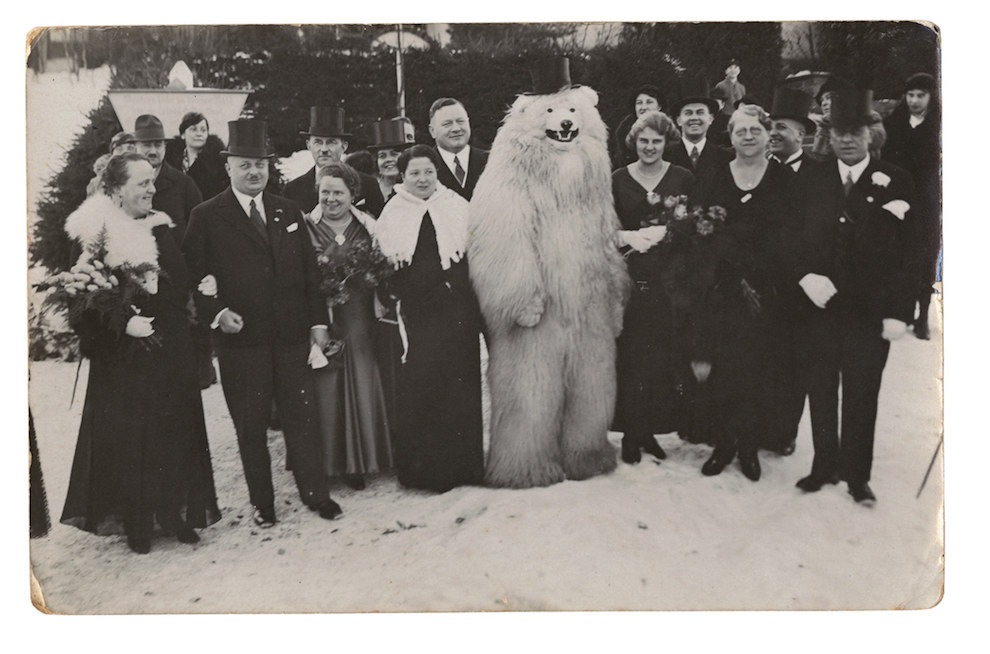

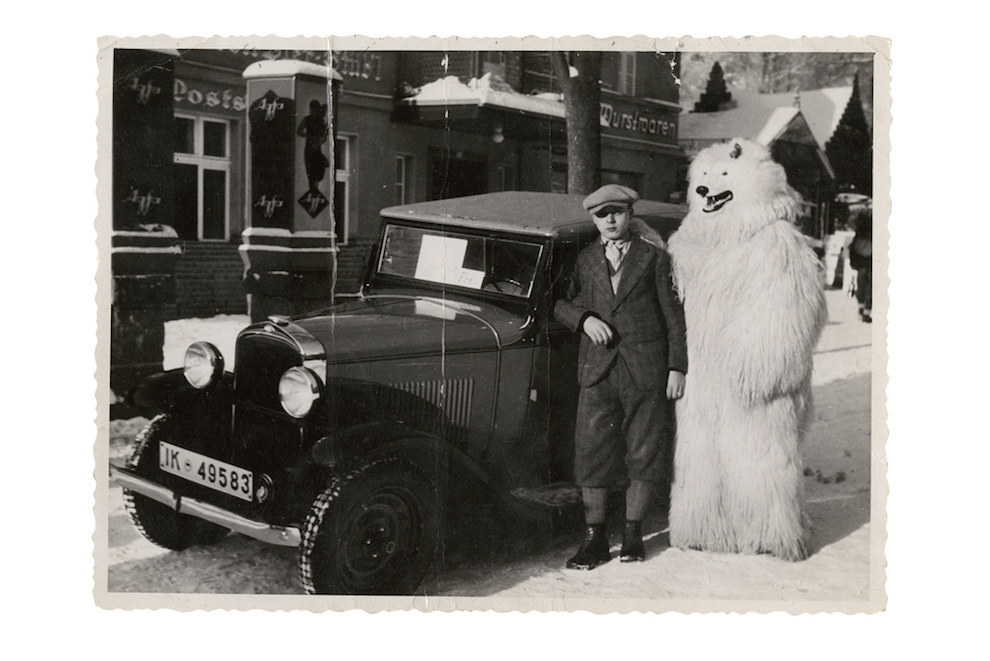
TeddyBär is published by the independent bookmaker Innocences and can be purchased here.
